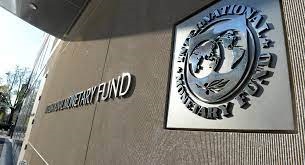The International Monetary Fund (IMF) has revised its growth forecast for the Middle Eastern and North African (MENA) region, projecting a 3.2% growth in 2025, up from its earlier forecast of 2.1%. The IMF also forecast 3.7% growth for the region in 2026.
IMF director for the Middle East and Central Asia, Jihad Azour, attributed the stronger-than-expected economic activity in the MENA region and Pakistan to various factors, including higher oil output following the unwinding of OPEC+ cuts, strong remittances, and a booming tourism sector, particularly for oil importers and Pakistan.
Azour also noted that inflation remains moderate in most MENA economies and Pakistan, driven by lower food and energy prices, as well as tight monetary policies. However, inflation has been accelerating in many Central Asian countries due to robust demand and price pressures.
The IMF further projected Pakistan’s growth to rise to 3.6% in 2026, supported by steady reform implementation and improving financial conditions. However, it also cautioned that the severe flooding during the third quarter of 2025 could have greater adverse effects on growth, inflation, and the current account than currently estimated, although the impacts remain uncertain.
The IMF’s outlook for the region is positive but tempered by potential risks, noting that domestic demand and reforms will continue to support growth despite the challenges.




